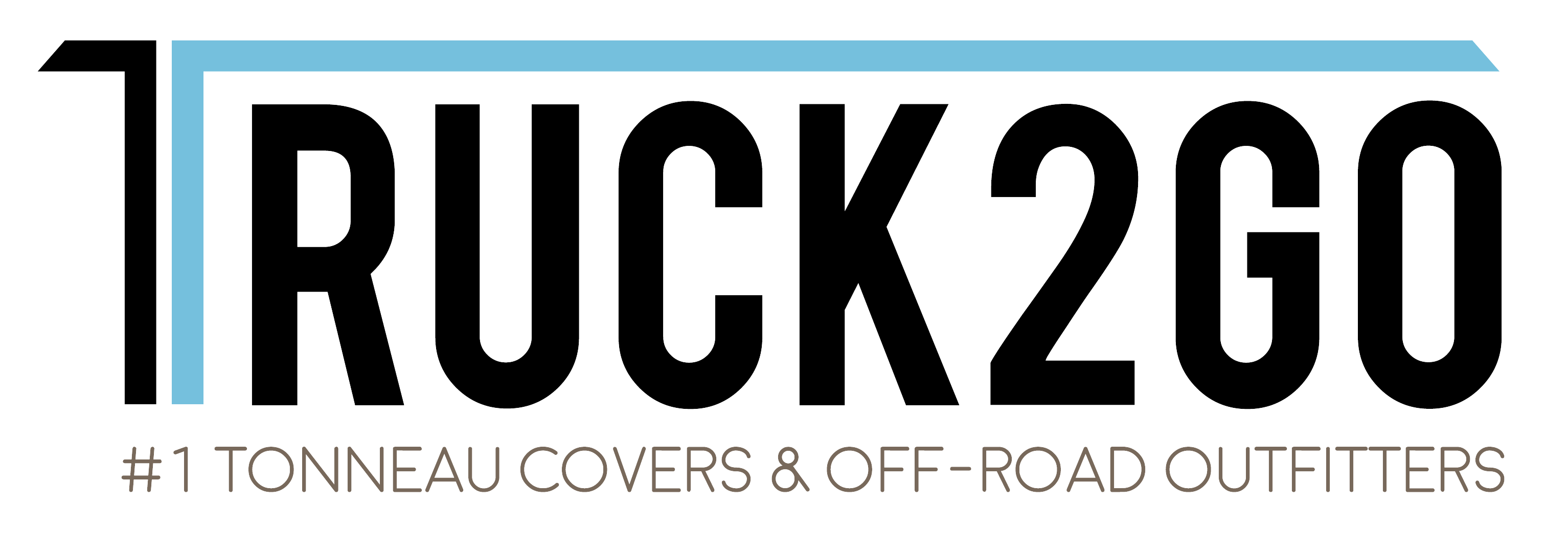-
USD
- USD
- EUR
- GBP
- My account
- Wishlist
- 0
How to Make Tonneau Cover?

If you want to learn how to make your tonneau cover, this article will give you a step-by-step tutorial. If you wish to build a hard or soft cover, you should first prepare your materials. The most expensive of these tools is a drill, which will cost you fifty to one hundred dollars. On the other hand, a hacksaw will cost about fifteen to twenty dollars. The purpose of these tools is to cut through a tonneau bed and modify its shape to allow a toolbox.
The first step in preparing the tonneau cover is to gather your materials. Next, you need to cut and prepare the distinctive frames. Once you've done that, you can begin cutting and painting the plywood. Next, you need to wrap the plywood with vinyl. To do this, you'll need to use glue and a stapler. After this, you're ready to install your tonneau cover.
While DIY tonneau covers can save you money, they also won't match the quality of store-bought covers. Regardless of your skill level, a tonneau cover is an essential part of protecting your truck or SUV. These covers are available for purchase at a local hardware store, costing a few hundred dollars. And while you can get a great deal of help online for the tutorial, there is still no substitute for expert advice.
You can also watch video tutorials. The videos show the steps in regular motion, making them easier to follow. The only difference is that the video doesn't specify how to make the tonneau cover. However, the instructions are accompanied by pictures that show each step. The finished tonneau cover will last a lifetime and add value to your car. If you are unsure about the process, you can watch the video as many times as you like.
The first step is to collect the materials you need to make the tonneau cover. After preparing the materials, you can cut the plywood and equip it with distinctive frames. In addition to these, you should paint the plywood with a protective coating to ensure it lasts a long time. Afterward, wrap the plywood with vinyl and attach it with a stapler. Once the tonneau cover is complete, you can easily transport it to another location to continue the process.
The first step in tonneau cover preparation is collecting the materials you need for the project. Then, you will need to cut and mark out the plywood that will fit your truck bed. After measuring your truck bed, you should cut the plywood to your desired shape. After this, you should attach it to the trunk with screws. You should use six specified gears and a T-hinge screw to make your tonneau cover.
The first step in tonneau cover preparation is to gather the materials you need for your project. After that, you need to prepare the plywood and cut the distinctive frames. Then, it would help if you painted it. It will give the tonneau cover a durable finish. Once the paint is done, you can wrap the plywood with the vinyl. It will shade the entire compartment of your vehicle. You can now place your new tonneau cover in the back of your pickup.
Once you have assembled the materials, you can construct your tonneau cover. The next step is to cut the plywood. It should be at least half an inch thick. You will need two pieces of plywood. Then, you should form your tonneau cover according to the size of your truck bed. Then, you should attach the plywood to the trunk with the screws. You should also measure the shape and the dimensions of the tonneau cover.
You can now install the tonneau cover when you are done with the design and materials. You should follow all the instructions mentioned in the tutorial. Then, you should connect the cover to the truck and combine it with the frame. Then, wrap the vinyl. Finally, you should install the tonneau cover on your vehicle. Now, it is time to install the tonneau cover.

 Mon-Fri 10am - 5pm PST
Mon-Fri 10am - 5pm PST

0 comments